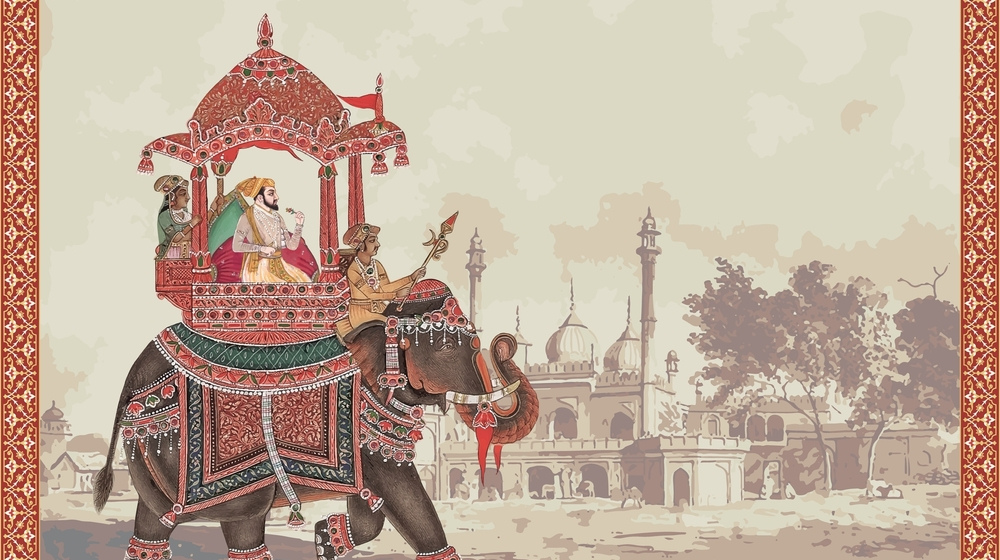Dive into the world of Indian mythology and learn how ancient legends and cultural practices have shaped Indian society. Discover the role of mythology in Indian art, literature, and philosophy.
Indian mythology represents a vast, intricately woven mosaic of chronicles, fables, and convictions that have been transmitted from one generation to the next.
Myths and legends have an inseparable association with Indian culture:-

- The genesis of Indian mythology can be traced back to the Indus Valley Civilization, which thrived from 3300 BCE to 1300 BCE.
- This ancient civilization worshiped a multitude of deities, many of which are still venerated in India in the present day.
- The Rigveda, considered one of the oldest texts in the world, comprises hymns dedicated to these divinities and offers valuable insight into the religious beliefs of the people of ancient India.
- The Ramayana, a prominent Indian myth, recounts the tale of Rama, a prince who is exiled from his kingdom with his wife Sita and brother Lakshmana. During their journey, Sita is captured by Ravana, a demon king, and Rama endeavors to rescue her with the help of an army of monkeys and bears. This epic not only chronicles a love story and adventure but also provides valuable insight into the cultural and social practices of ancient India.
- Another widely known myth is the Mahabharata, which depicts a royal family divided into two warring factions. This intricate tale is teeming with multifaceted characters and elaborate plotlines, covering every conceivable aspect of human life. In addition to chronicling a war, the Mahabharata offers valuable insight into the political and social systems of ancient India.
Indian mythology has been a momentous influencer in shaping Indian society, encompassing the beliefs, values, and practices of the people for thousands of years. It has profoundly impacted various facets of Indian culture, including art, literature, and philosophy.
Indian society has assimilated mythology as an integral part of their way of life, transcending a mere cluster of tales.

The stories of god and goddesses are interwoven into the very essence of Indian culture and serve as conduits to teach ethical principles and values to the juveniles. Mythology has left a deep-seated impression on the festivals and rituals of India, exemplified by the likes of Diwali and Holi.
- Diwali commemorates the victorious return of Rama to his kingdom after overpowering the ten-headed demon king Ravana.
- While Holi honors the bond of love between the divine entity Krishna and his paramour, Radha.
These festivals not only possess religious significance but also serve as cultural celebrations, uniting the community.
Indian mythology has exerted a profound influence on Indian culture, spanning art, literature, and philosophy. Over the centuries, depictions of gods and goddesses have been expertly crafted in various forms, from cave paintings to elaborate sculptures.
In conclusion-
Indian literature has also been deeply impacted by mythology. The retelling of epics such as the Ramayana and Mahabharata in various forms has inspired countless literary works.
Similarly, Indian philosophy finds its roots in mythology. The teachings of the Bhagavad Gita, an integral part of the Mahabharata, have given rise to the concept of dharma, or duty, which is a fundamental principle of Hinduism.

